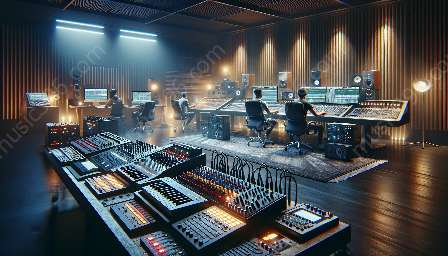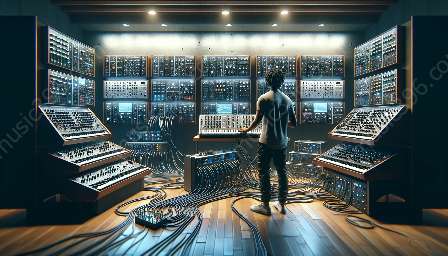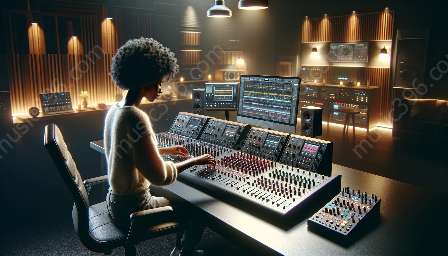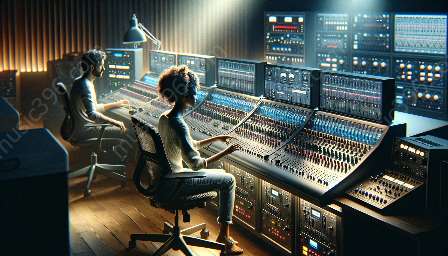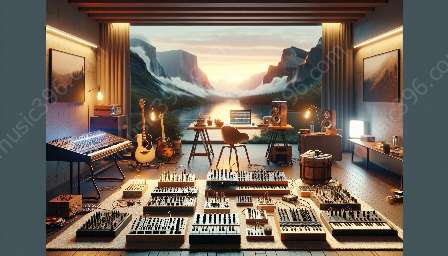Traditional and indigenous music practices hold rich cultural significance, representing the heritage and identity of various communities around the world. In recent years, the emergence of virtual instruments and music technology has significantly impacted the preservation and reimagining of these traditional forms of music.
Preservation of Cultural Heritage
Virtual instruments play a crucial role in preserving traditional and indigenous music practices by providing a platform for the documentation and digital archiving of historical musical instruments and vocal styles. Through advanced sampling and recording techniques, virtual instruments are able to capture the nuances and intricacies of traditional sounds, ensuring that these cultural artifacts are not lost to the passage of time.
Furthermore, virtual instruments enable musicians and researchers to access and study traditional music without the limitations of geographical boundaries. This has facilitated collaboration between artists from diverse backgrounds, fostering the preservation and dissemination of traditional music on a global scale.
Revitalizing Traditional Music
Virtual instruments have also revitalized traditional music by offering innovative tools for composers and performers to blend traditional sounds with contemporary musical expressions. Through the use of digital synthesis and modeling, virtual instruments allow for the creation of new compositions that honor and integrate traditional elements.
Moreover, virtual instruments provide accessibility to traditional musical resources, allowing a wider audience to engage with and appreciate diverse cultural expressions. This accessibility has led to the revitalization of interest in indigenous music forms, fostering a renewed appreciation for traditional music among younger generations.
Preserving Endangered Musical Forms
For many indigenous communities, traditional music practices are at risk of being lost due to various socio-cultural and environmental factors. Virtual instruments and music technology offer a lifeline for these endangered musical forms, providing a means to safeguard and revive these cultural treasures.
By utilizing virtual instruments, indigenous musicians and communities can create digital libraries of traditional music, ensuring that their heritage is preserved for future generations. Additionally, virtual instruments can be used as educational tools to teach younger members of the community about their musical traditions, thus ensuring the continuity of indigenous music practices.
Empowering Cultural Expression
Virtual instruments not only preserve and reimagine traditional and indigenous music practices but also empower cultural expression. By leveraging cutting-edge music technology, artists are able to explore and innovate within their cultural musical frameworks, leading to the creation of hybrid musical styles that honor tradition while embracing modernity.
Furthermore, virtual instruments provide a platform for individuals from traditionally marginalized communities to amplify their voices and share their unique musical heritage with the world. This empowerment through technology has the potential to drive cultural revitalization and contribute to a more inclusive global music landscape.
Conclusion
The role of virtual instruments in preserving and reimagining traditional and indigenous music practices cannot be overstated. From the preservation of cultural heritage to the revitalization of endangered musical forms, virtual instruments and music technology have become indispensable tools in ensuring the continuity and evolution of diverse musical traditions.
As we continue to embrace technological advancements, it is essential to recognize the ethical considerations and respectful collaborations required in the use of virtual instruments within traditional and indigenous music contexts. By doing so, we can harness the power of music technology to celebrate, preserve, and innovate traditional and indigenous music practices for generations to come.


